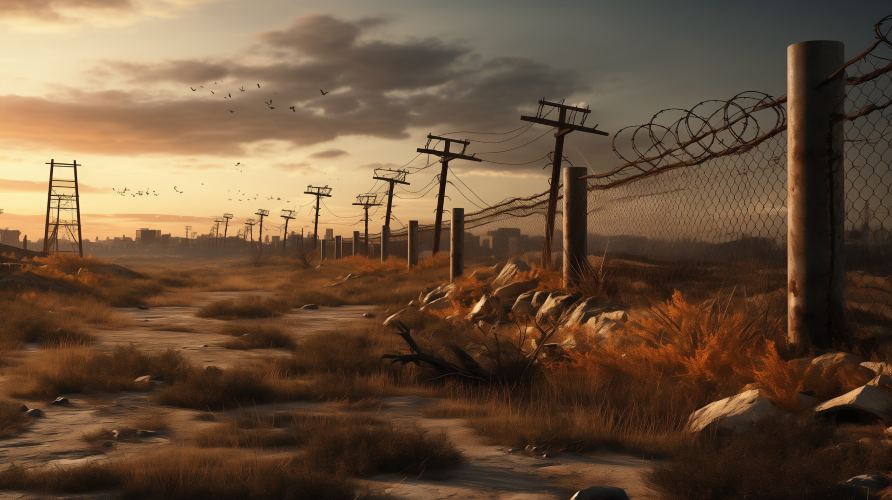Below I have gathered the pillars of the experience I have designed for this game. They are what the game should be all about. If in the process of making the game there is a need to change something, please refer back to those pillars to make sure the core experience for the game remains unchanged. I have reiterated the core experience at the bottom of this section to try to summarize the three pillars from emotional perspective.
Portraying human experience through struggle and survival;
Who are we and what are we doing here? Both questions are difficult but also worth asking. They are said to be unaswered or answered in too many ways, but I propse to view them not as a thing to be answered through gameplay but to be in the back of the mind while creating the gameplay. From those two questions I draw all the conflicts I see in the game. Choices should be all about what is precious to us, humans, and opposing those precious things, values, rules or emotions to one another. Love or Survival. Trust or Security. Home or Safety. The struggle is real only when the dilemmas are real. Emtional response is the strongest when we care about both sides of the dilemma.
This pillar stands for difficulty and emotional response. It is a pillar that introduces humans into the game as a subject and object of the dilemmas. This game is by humans, for humans, with humans and about humans. During the creative process put as much of yourself into the game as you can, to make it meaningful, difficult and relatable.
Family dynamics using distinct character voices to guide the player through various points of view;
“No man is an island.” That saying is what I want the game to use, in order to shorten the distance between the player and the game decisions. As a gamer I understand that sometimes we do not connect with the player character, especially if it is a hero without a heavily defined face or character. But what we do connect with are heavily defined NPCs. Because they remind us of both us and people we meet and live around everyday. That is why, the family dynamic is crucial to this game’s design. Family makes the player care more about the food, the shelter and the goal. Family members are an amaizng tool to help guide the player in many directions at once. Family is an undeniable source of joy, banter and conflicts that can shape and increase the player’s engagement.
This pillar introduces the guides. Characters that embody ideas and attitudes inside the game. With their distinct voices, that can sharpen the storytelling aspects of the game, they can introduce the player to the game world in a natural way. Player can choose one of them, or try to juggle them but at the end of the day, they need to commit, choose one idea – family member – over another one, and that creates tension, meaning and the dramatic throughline. The pillar stands to make sure the player knows what they are doing and what can be done but also what is at stake.
Storytelling that lifts the weight of numbercrunching from the management game;
The management simulators are mostly numbers games, but they are also a great source of emergent narratives. I want to harness that and make it work for this game’s design. Moreover, the management is never only about numbers. Every managerial position deals with real world problems, dilemmas and – most of all – people. If a person manages something, they also manage people – working with it, dependant on it or benefiting from it.
The role of this pillar is dualistic. On the one hand it is all about making it easy for the player, to enjoy the game without any prerequistites and abilities, but on the other, it is all about refocusing the idea about management games and therefore managerial positions. Player is in charge of the poeple, whose lives rely on making balanced decisions, it is an easy task – few numbers and striaghtforward relations between them – but also a very hard task – what to sacrifice, who to let down.
Core experience
The game pillars talk about different things, but they are all tied with storytelling. Storytelling should be a common thread that binds the whole experinece together. It should be a way of evoking emotions, conflicting ones. Loss, stress and longing for what could have been alongside happiness, joy and love towards what the player is buidling. A “human experience” that cannot be broken down to “optimal solution”. A rich tapestry of choices that uses anxiety, sadness and melancholy to make us survive unobvious, personal and communal choices.
In here, you can see the five pillars that I have started with:
